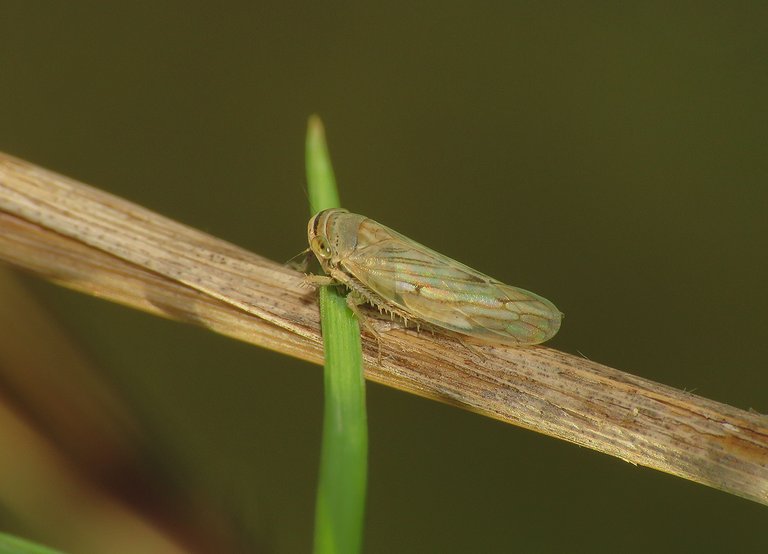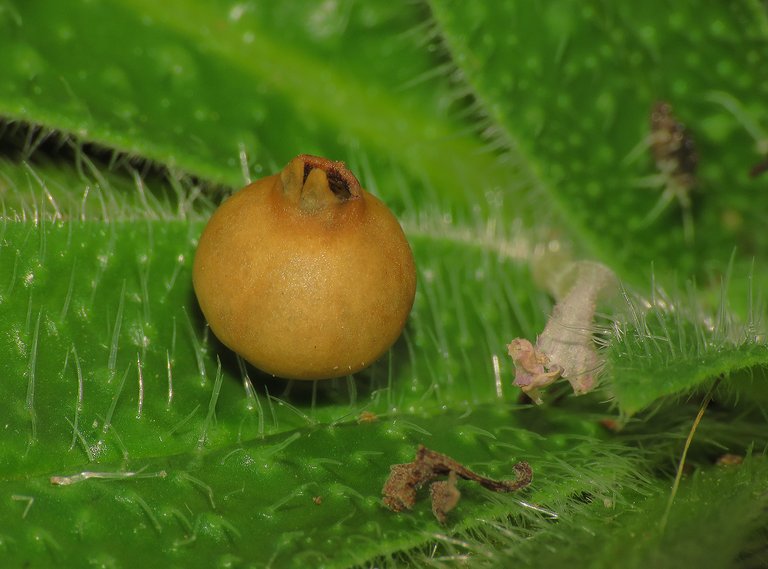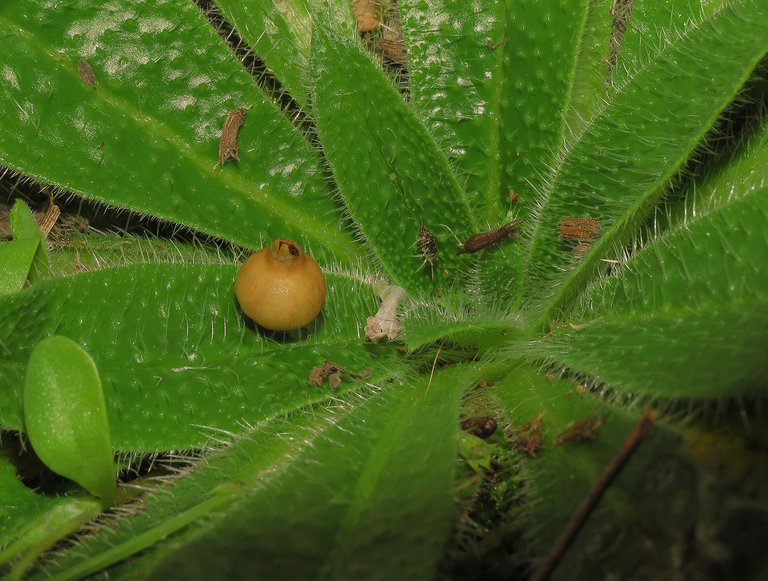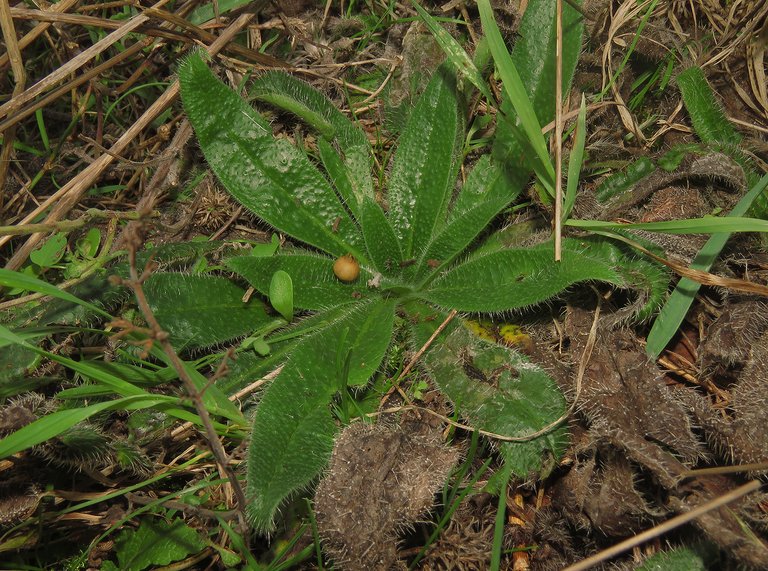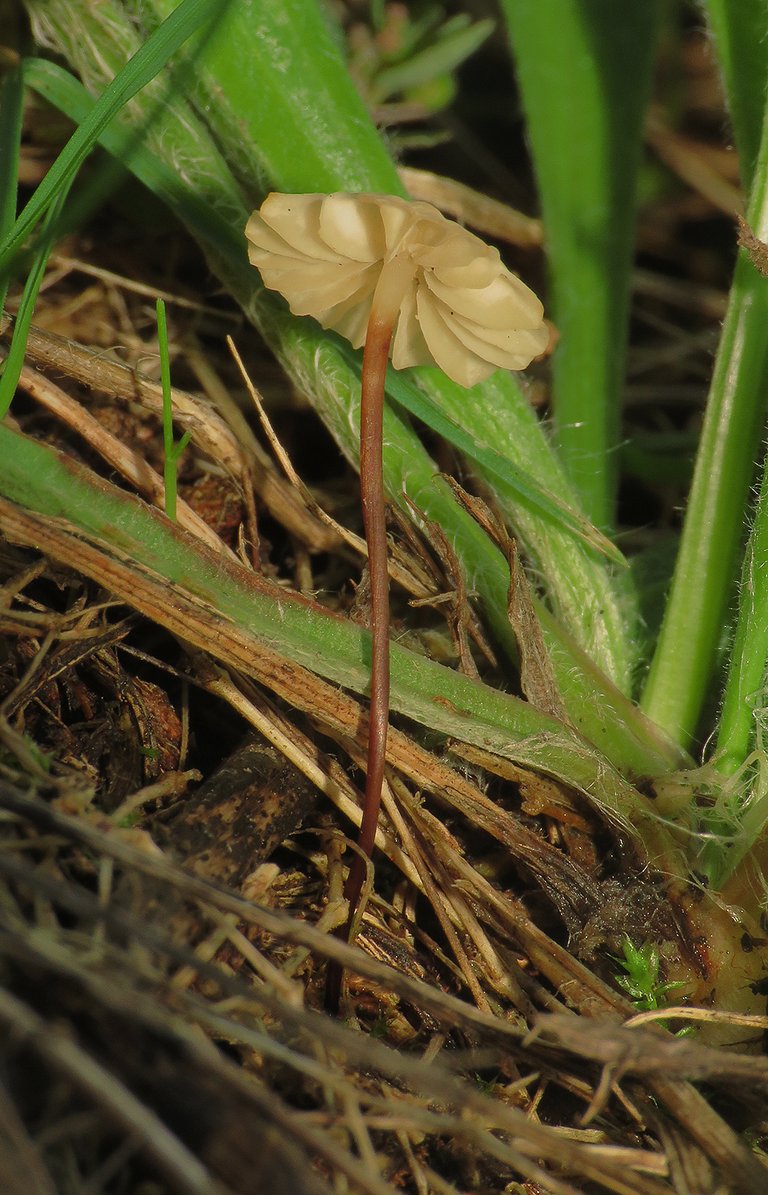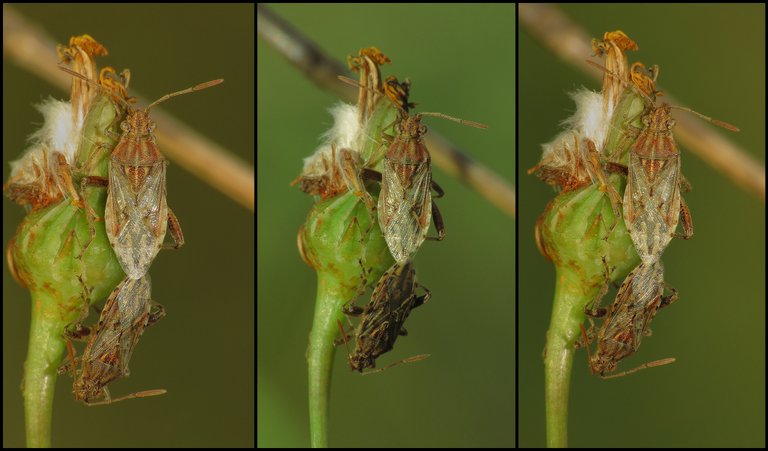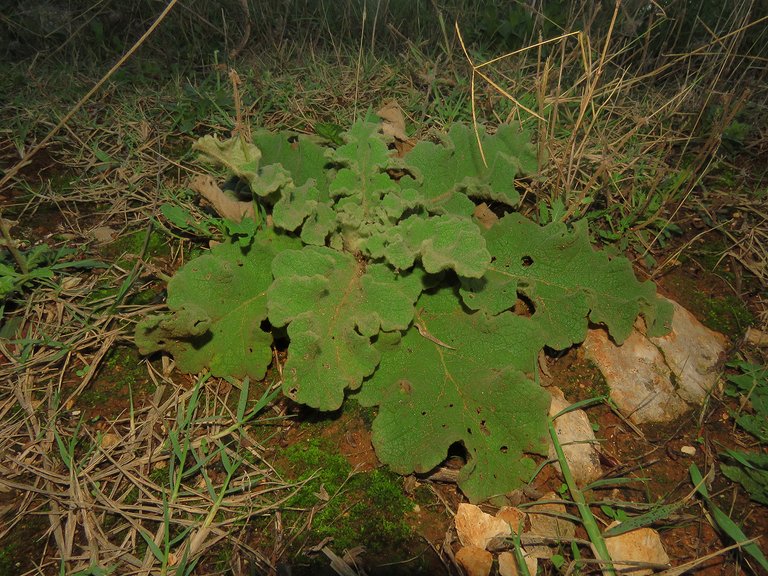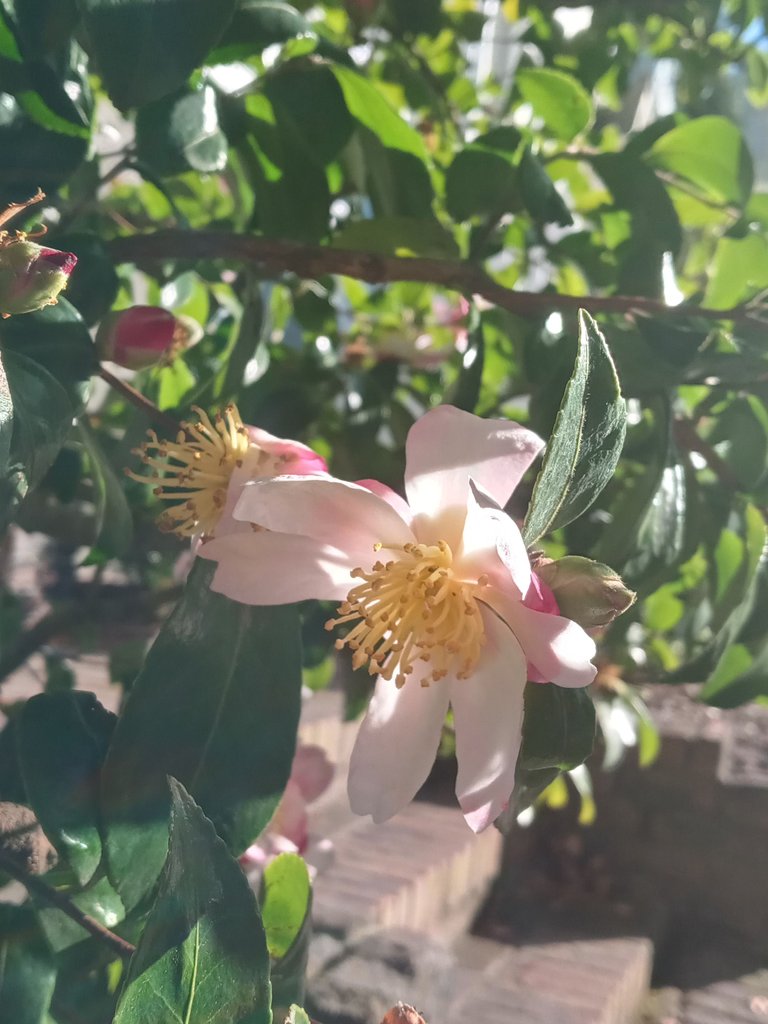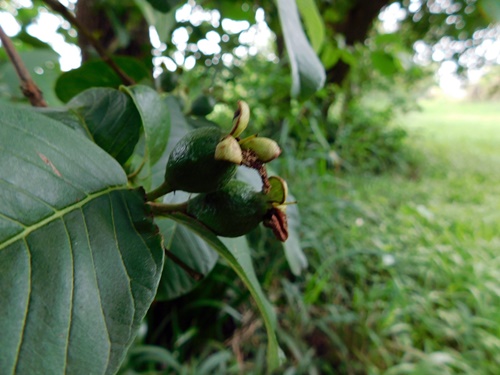After the last photographic material for my beloved MACRO OCTOBER IN MARLERA project was collected, on the first day of the following month that has nothing to do with the series of posts I mentioned earlier in this long opening sentence, all of which are done and published while I'm writing this stand-alone one, I took a walk around the same area to see what November has to offer.
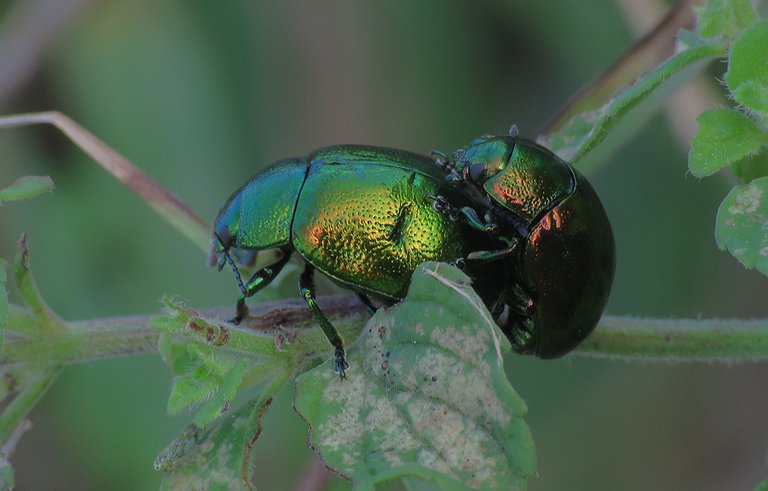
The weather was relatively warm around noon, so I found a few insects in the meadow. After a bit of casual, not particularly deep thinking, I decided to start the visual part of today's post with a little bit of iridescence.
Iridescence is pretty attractive, I get regularly attracted by shiny things, so there is a fairly good chance that the post will attract a bunch of upvoters, voting trails, and other creatures that make the rewards grow until they explode in an orgasmic payout seven days later. Let's hope that the payout won't be anti-climatic.
The shiny beetles shown in the above photograph belong to the Chrysomelidae family. All beetles from that family are commonly known as leaf beetles.
The scientific name of this particular species is Chrysolina herbacea.
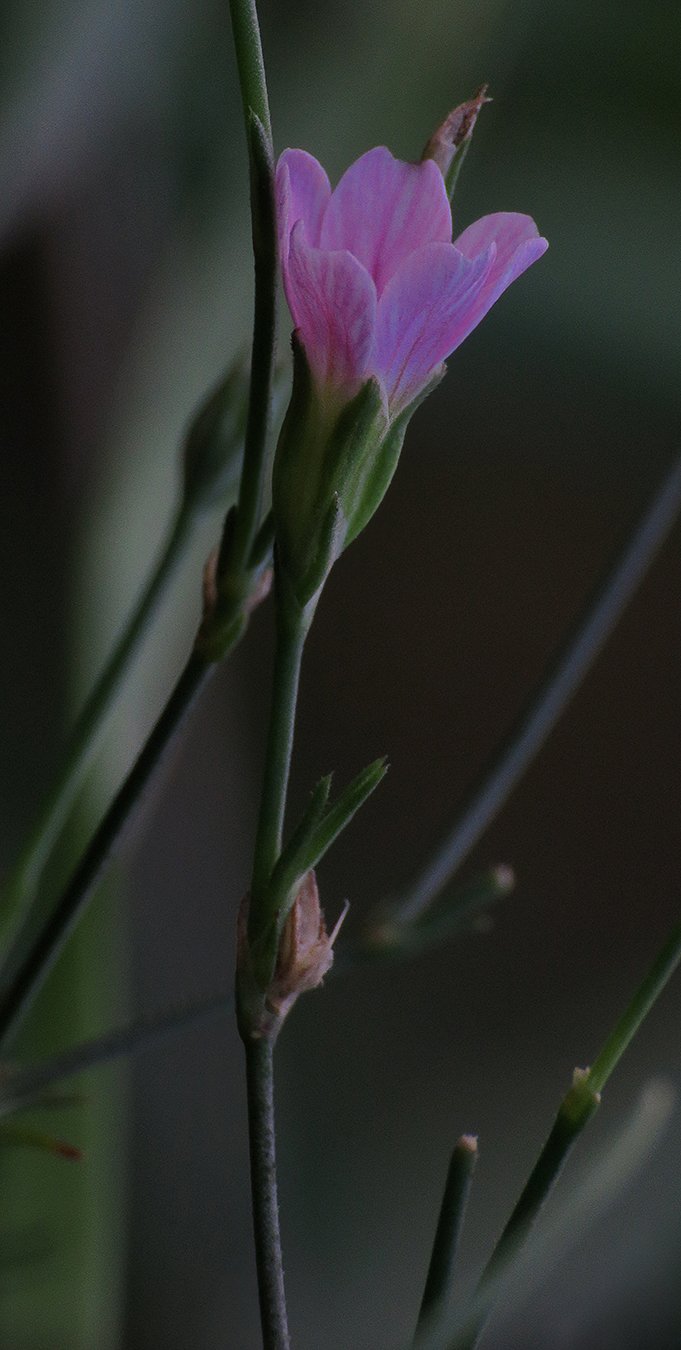
This tiny flower ...
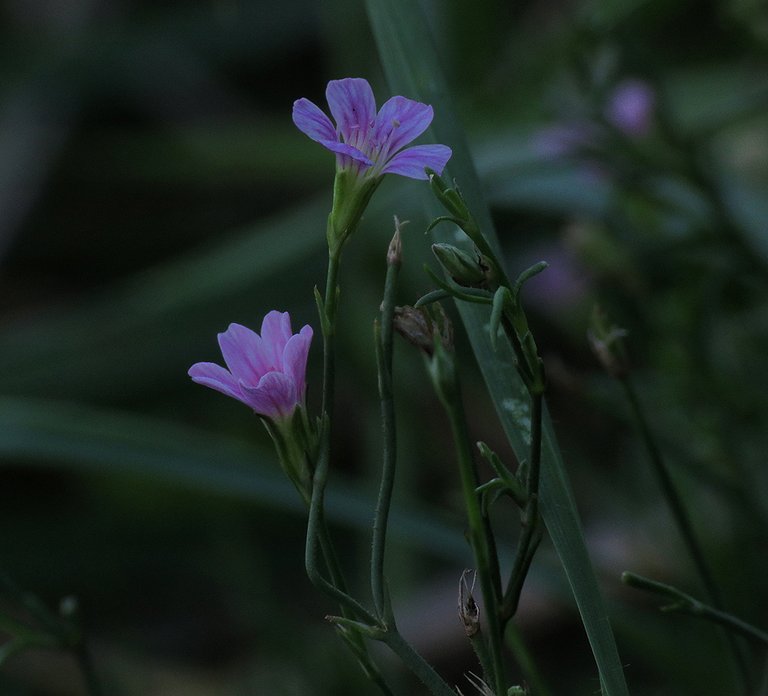
... belongs to the Petrorhagia saxifraga, a strange carnivorous animal with many heads that mimic harmless flowers.
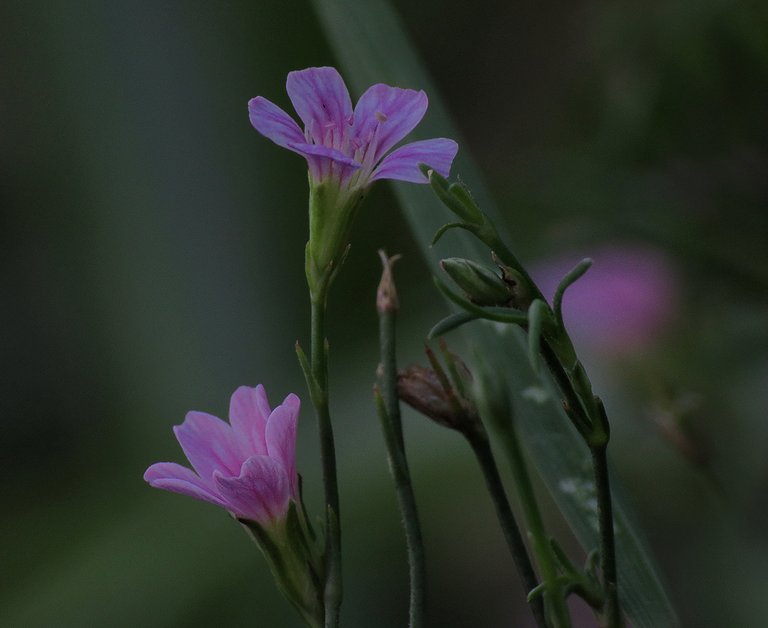
I'm joking, of course. Petrorhagia saxifraga is a plant from the Caryophyllaceae family, native to southern Europe, and southern parts of central Europe. It can be found in North America as well becouse was introduced there from Europe.
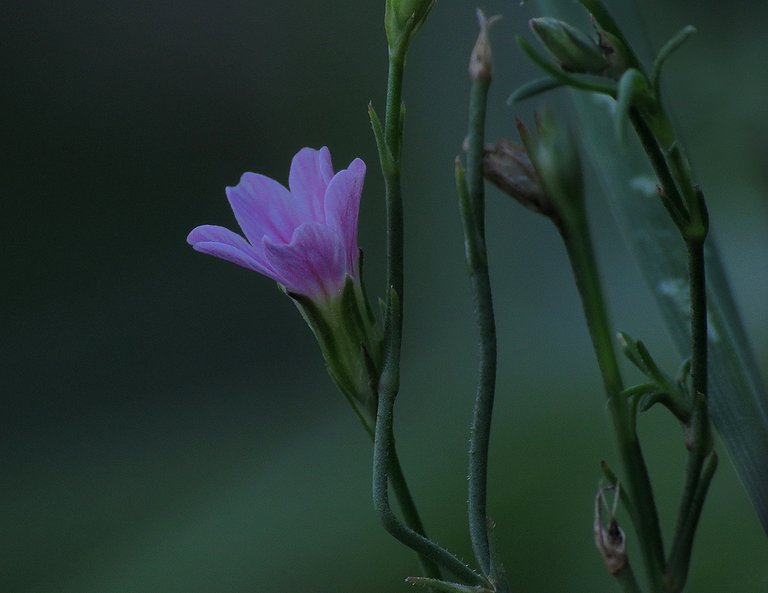
It's a small, inconspicuous plant that often grows along unpaved roads and near the sea, here in my area. Its flowers look much better through the macro lens than when seen with the naked eye.
Here you can see a leafhopper from the Cicadellidae family. Can't tell you what species exactly is this becouse quite a few very similar-looking ones are present in the area.
This thing, which resembles a well-designed tiny pot ...
... had probably fallen from a plant that I wasn't able to identify.
I can't tell you what the little pot-like thing is but I know the name of the plant on whose hairy leaves the thing is lying in this and the previous two photographs. Echium italicum. Yep, that's the scientific name of the species.
This tiny mushroom that grows on humid, decaying grass looks like a fruiting body of some fungus from the genus Marasmius of the Marasmiaceae family. I think that the name of the species is Marasmius rotula, but I could be wrong.
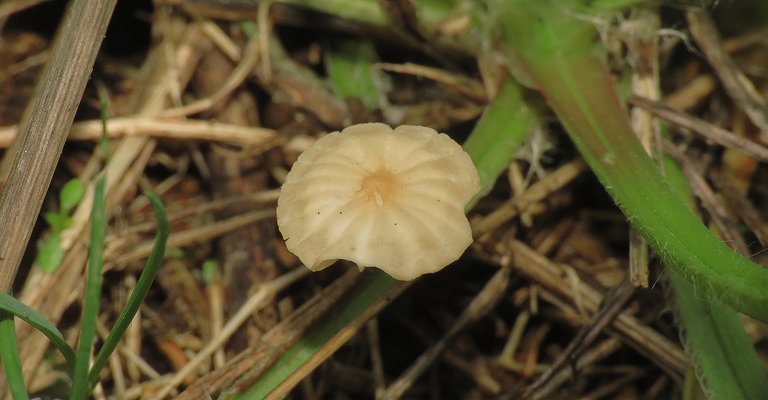
This is the same mushroom. You can see the top of its cap in this shot.
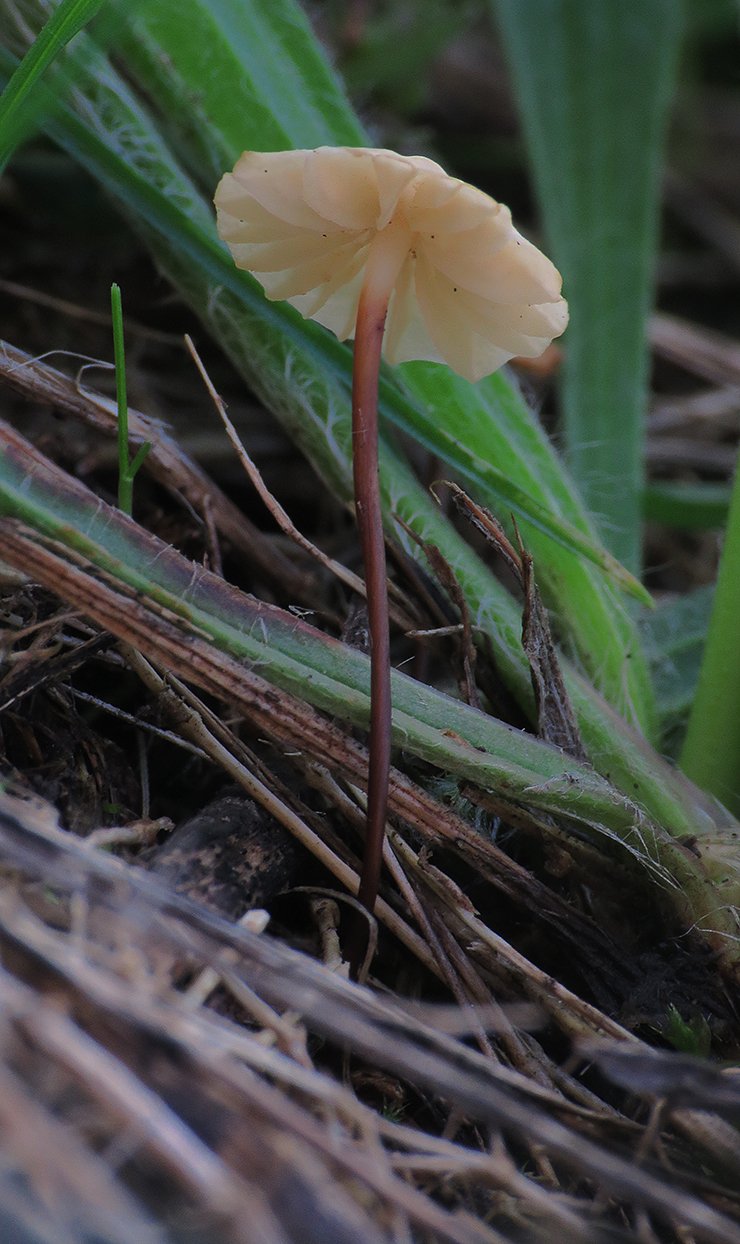
I used the small, built-in flash of my reliable & versatile Canon PowerShot SX60 HS to get the previous two photographs. In this shot, you can see how the mushroom looked in ambient light.

This looks like a dry, shriveled version of the same kind of mushroom.
In this tryptich, you can see the Liorhyssus hyalinus bugs mating. Liorhyssus hyalinus is a species from the Rhopalidae family.
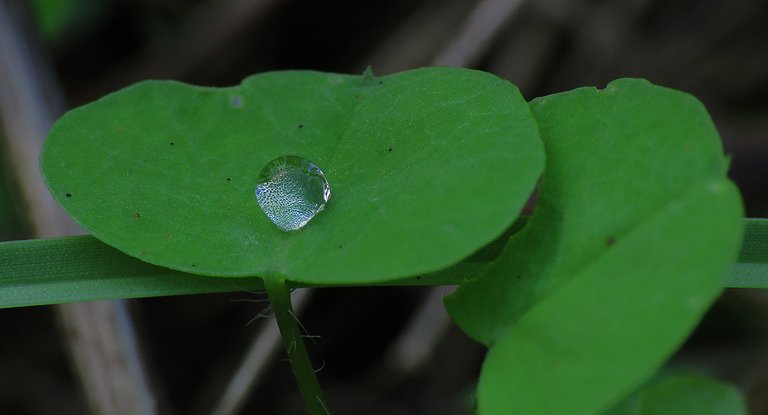
Here you can see a tiny drop of water posing on the leaf of a Medicago plant. I can't tell you which of the Medicago species is this, but I'm pretty sure that I'm not wrong to say that it's a Medicago. I used the flash in this photograph. The following one, on the other hand ...
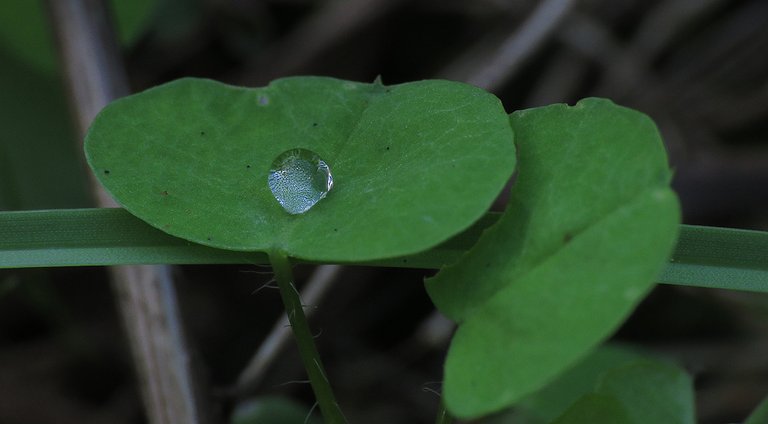
... shows the same scene in ambient light.
The scientific name of this plant is Verbascum undulatum.

AND THAT'S IT. I SHOWED YOU SOME INSECTS, ONE MUSHROOM, AND SOME PLANTS ... AND NOW, I'M GOING TO SLEEP - GOOD NIGHT.
AS ALWAYS HERE ON HIVE, THE PHOTOGRAPHS ARE MY WORK.
